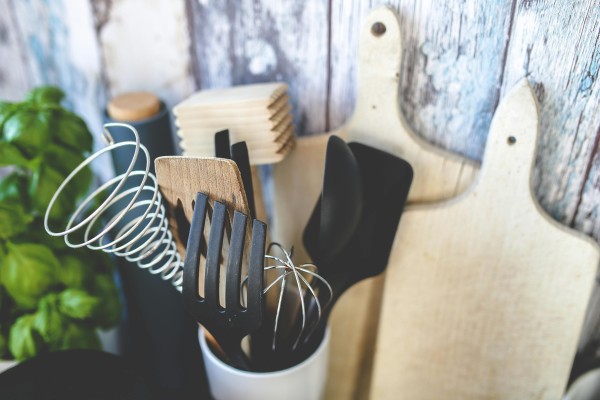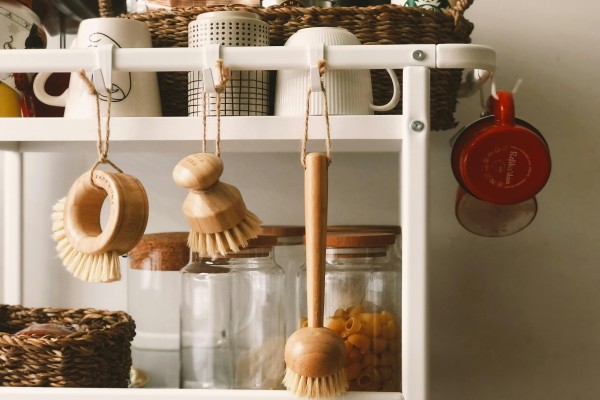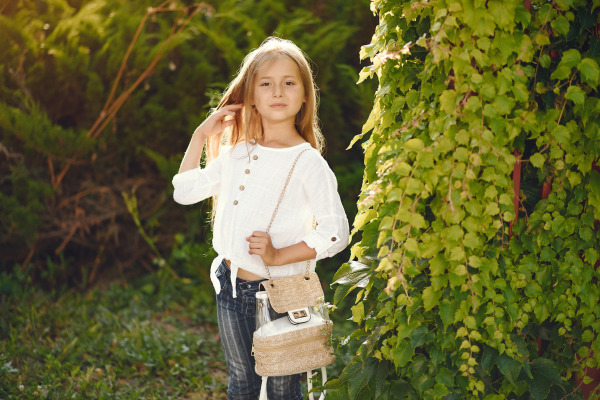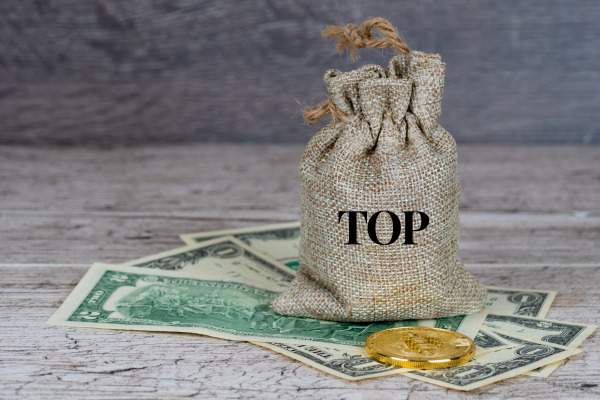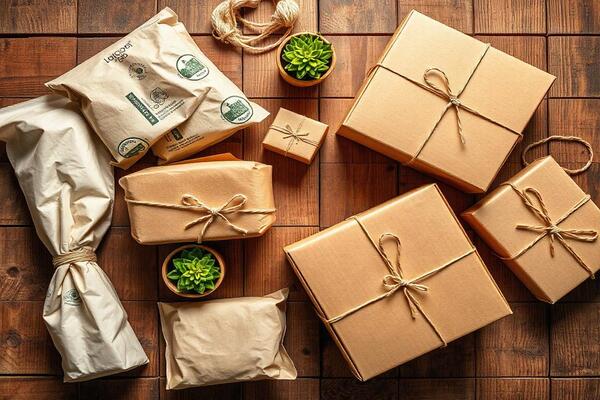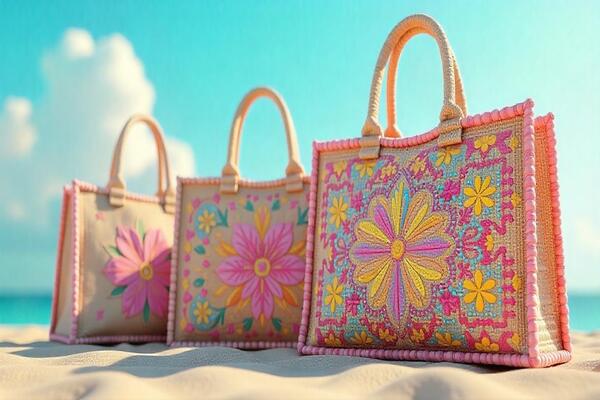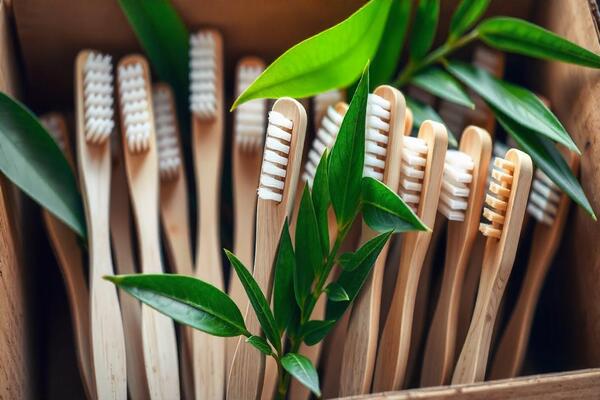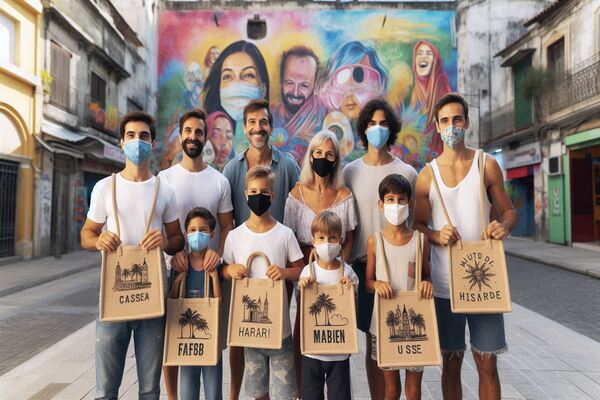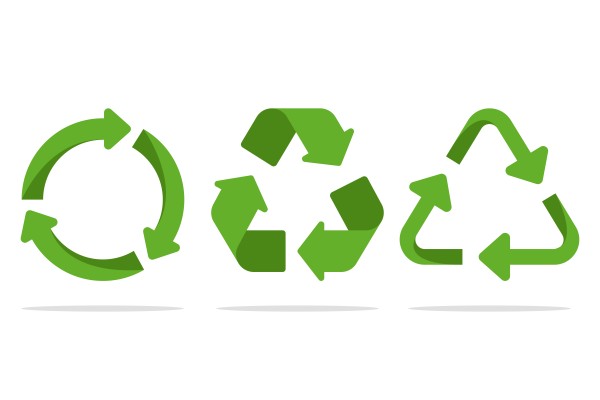
30th March 2023
By: Admin
Circular Economy: Reimagining A New World Order
In 2019, the world generated 300 million tons of plastic, a weight almost equivalent to the weight of the human population. Scientists believe that our oceans would have more plastics than fish by 2050! Despite many people going hungry, a third of the food produced goes to waste. Overall, each year, more than 100 billion tons of resources flow into the economy. Out of this, more than 60% end up as greenhouse gas emissions and waste. In short, we have a waste problem. Experts have been talking about the circular economy but how does it help? Or to be more precise, does it help at all?
What is Circular Economy?
There is a linear economy wherein raw materials are converted into finished products which are then consumed and disposed of. Circular economy, on the other hand, intends to bridge the gap between the natural cycle of ecosystems (on which we humans ultimately depend) and the production cycle. This means complete elimination of waste either by composting biodegradable waste or reusing, remanufacturing, and recycling non-biodegradable waste. There’s also the added dimension of helping natural systems regenerate by cutting off the use of chemical substances and promoting renewable energy and resources.
Covid-19, Consumption, and the Environment
The 2008 recession showed that without a conscious effort, any fall in consumption is likely to be temporary. Covid-19 was no different. Yes, sales of clothing took a hit but groceries sales went up. More and more people purchased exercise equipment to stay fit and healthy but the use of single-use plastics steadily increased. The incentive to recycle plastic, however, went down with plummeting oil prices.
However, it’s not a problem of consumers buying more and recycling very little; it is inherent in the “take-make-waste” model which extracts and uses natural resources that ultimately ends up as “waste”. The pandemic showed us clearly that this is an ineffective model and is slowly pushing our planet to the brink of disaster which is already actually unfolding in real-time.
The Key Principles of a Circular Economy
The core idea of a circular model is that there is no such thing called waste. Now, this is achieved by using high-quality materials in designing products that last. These products are also optimized in ways that transform and reuse them easier.
1. Nature’s Cycles and Designs
The idea is that by following natural cycles, the living systems will regenerate. Our oceans and soils, the ultimate storehouse of renewable resources, will not be exhausted to the point of extinction.
The main point is to circulate all items and materials at all levels so that the resources are constantly optimized with no waste.
2. Renewable Energies will Fuel the Model
The use of renewable energy will not only decrease dependence on resources but also increase the resilience of systems. Thus, a sustainable model that will not have too much relationship with externalities is imperative.
Ways to Transition towards a Circular Economy
1. Consume Less
It is not just a question of individuals but as a collective, we must focus on better use of natural resources so that our future generations can also enjoy them. And this needs a behavioural change in both the producers and the consumers; innovation and changing demands are paramount. For example, you can try taking small steps by not using single-use plastic; instead, get jute bags for groceries.
2. Consume Better
Choose those versions of products that have been made sustainably and contribute towards the wages of deprived and marginalized communities. Do you know what else this contributes to? Preservation of community craft and wisdom that co-habited with other species, both plant and animal.
With the global rise in consumer awareness, brands are also focusing on sustainable production that minimizes waste and protects livelihoods at the same time.
3. Institutional Changes
A circular economy rests on the idea that products are built to last. This is not any one consumer’s task alone; this belongs to the entire system of manufacturing and consumption. It also falls on the policymakers to bring systemic changes by incentivizing the use of recycled materials and investing in infrastructure that facilitates this.
Conclusion
A shift towards a circular economy is not easy and will be a long, uphill battle; but the benefits are so many and so vast that it makes all the trouble worth it. Fewer greenhouse gas emissions, healthy soil and clean oceans, more resources, and jobs for all are just some of the primary benefits. We at Chalo Green know there are more and that is why we will always be committed to a more sustainable way of living!
You can also read our other article: Digital Nomads and Sustainability: A Match Made in Heaven?
Follow us on
Facebook | Twitter | Instagram




